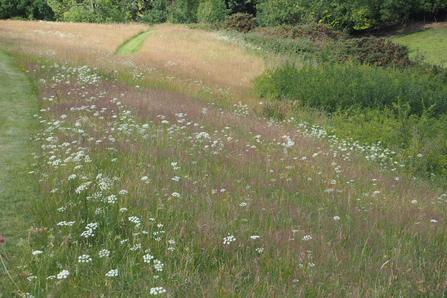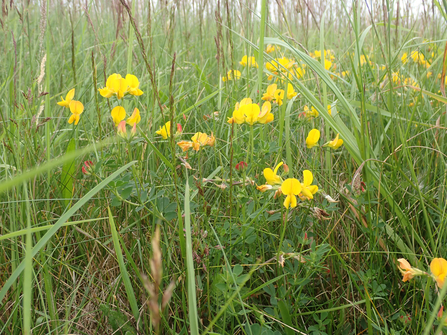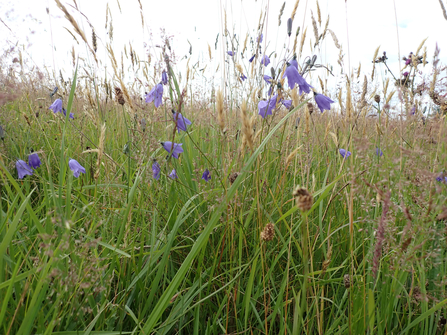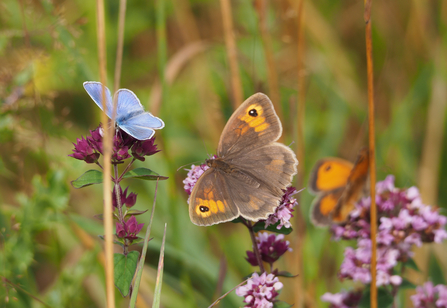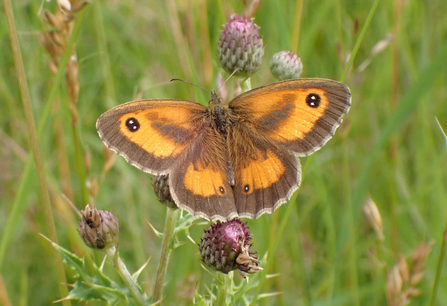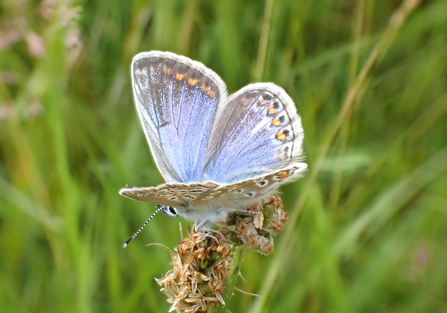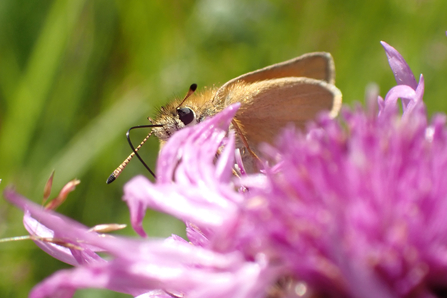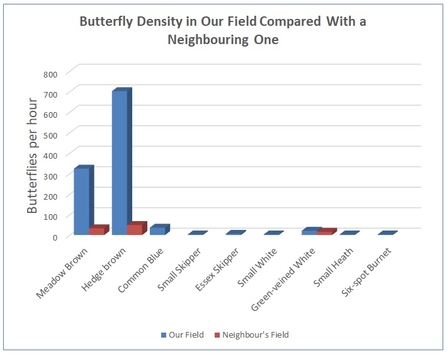Can we make a difference by making places more wildlife friendly?
When we moved to mid Wales at the start of 2017 we chose a property that had a fairly large garden and also a field alongside, and it was always our intention to try and improve the habitat quality. I have already mentioned in previous blogs, some of the changes that we have made in the more formal part of the garden and how the diverse range of flowering plants has encouraged creatures like bees to come into the garden including a number that are uncommon in the county and even some new species for Montgomeryshire. However, it is hard to be sure whether this has increased their populations or just drawn them into the garden from the surrounding countryside so I thought l would tell you what has been happening in our field.


